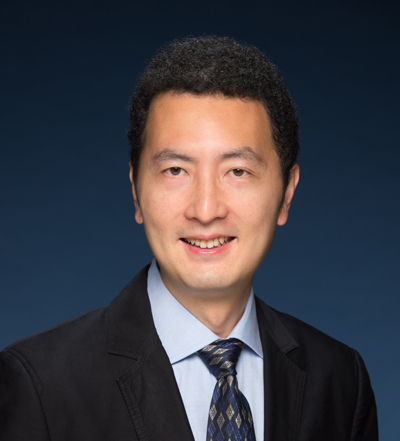2022-06-22

HKBU research reveals the formation of toxic complexes on microplastics in natural environments
Microplastics (MPs) are found everywhere in our surroundings, from the air we breathe to the food we eat. Of particular concern is that MPs have strong propensity to accumulate different contaminants and pathogenic microbe in natural environments, which will promote the transfer of harmful substances to ingesting biota and the connected food chain.
A research team led by Prof. Kelvin S.Y. Leung, Professor of the Department of Chemistry at Hong Kong Baptist University, carried out several studies to explore the potential changes in the role of MPs in pollutant transfer under more environmentally realistic conditions. The team first compared the uptake of different organic UV filters by MPs in single chemicals and a cocktail of chemicals. The results illustrated that the uptake of a specific UV filter by MPs in chemical mixtures was significantly higher than that of single chemicals alone. The team inferred that complexes of UV filters were formed on the surface of MP particles via multilayer sorption.
Prof. Leung said, “In most of the literature, the uptake capacity of MPs for a micropollutant in mixtures is expected to be lower than in single chemicals due to overlapping of sorption sites. Our studies firstly evidenced the formation of diverse complexes from multiple contaminants on the MPs, which highlighted the complexity of their behavior in natural environments.”
MPs are subjected to various types of natural attenuation processes after being released into the environment, thereby affecting the interactions of MPs with other environmental chemicals. To have a realistic, accurate understanding of how MPs are affecting the natural environment, the team simulated the processes of natural attenuation (UV irradiation, microbial degradation, and their combination) to obtain more environmentally representative particles for subsequent investigations. Additional experiments found that weathered MP particles were able to interact with many other types of contaminants that have no interactions with the original MPs.